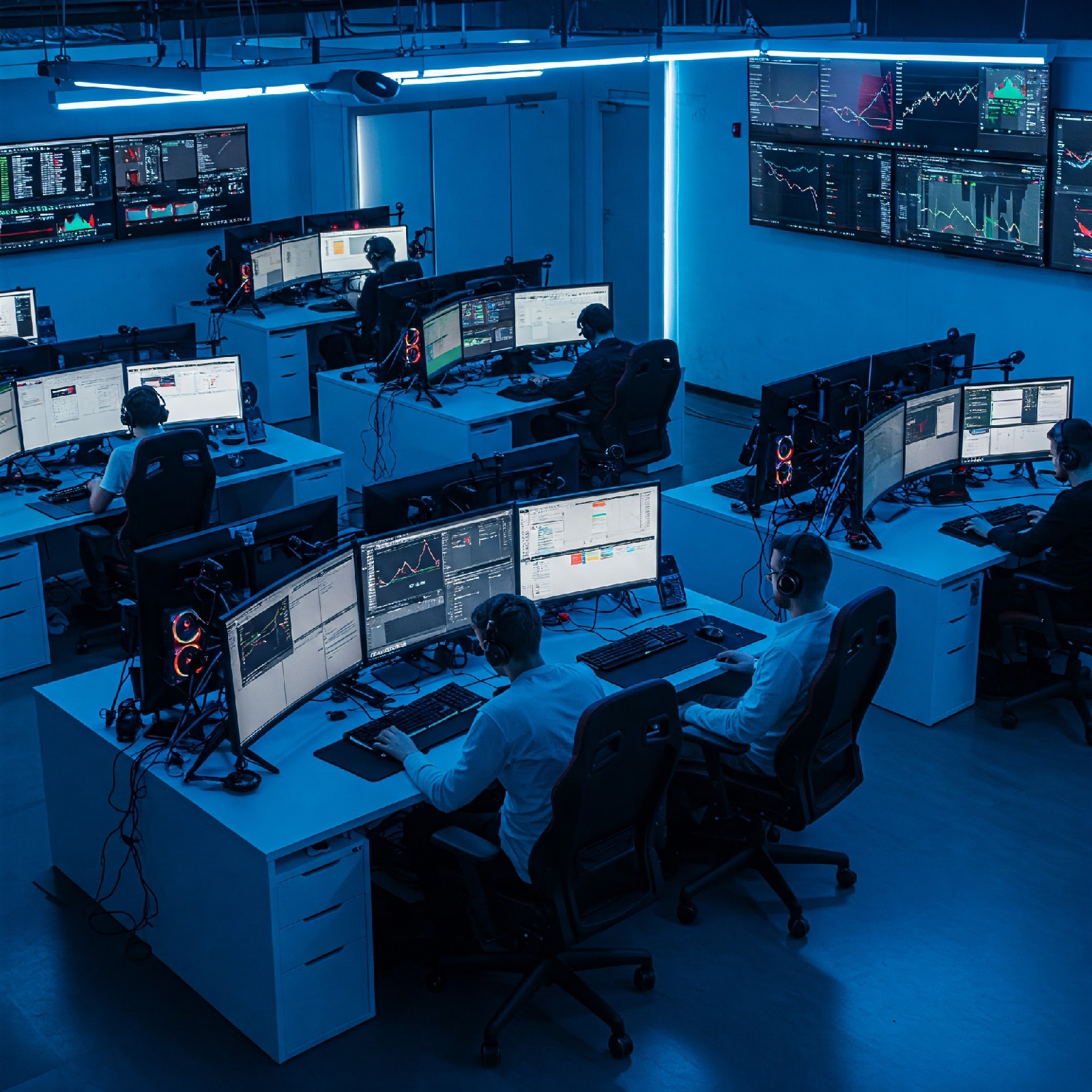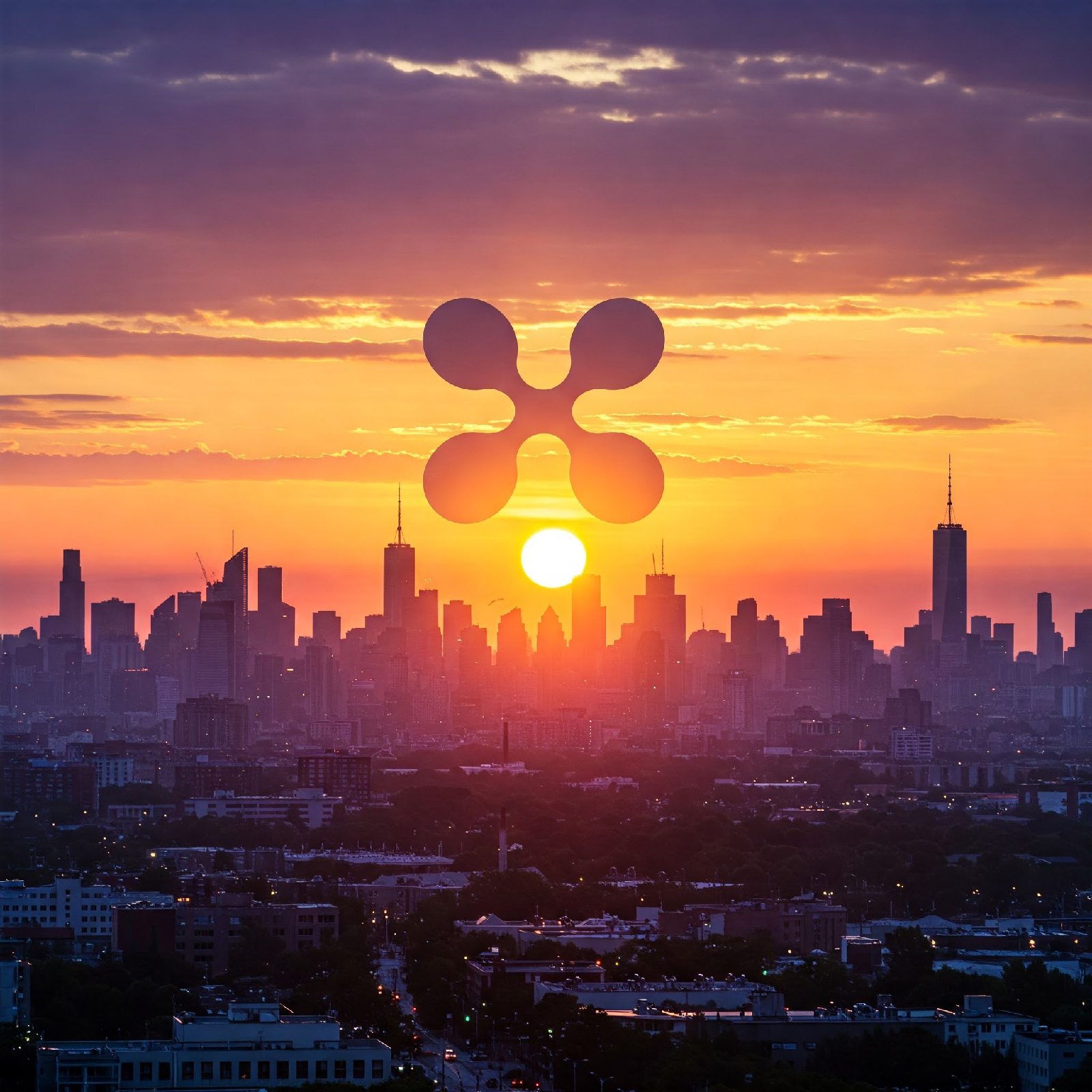Formula 1: The Ultimate Guide to the Thrills, Technology, and Tactics of F1 Racing
Imagine this: Max Verstappen, neck and neck with Lewis Hamilton, battling for the lead on the final lap. The crowd is roaring, the tension is so high you can almost touch it. With a daring move, Verstappen snatches the victory. Formula 1 is motorsport's peak. It is a global sport loved worldwide. F1 is a unique mix of driver skill and the best tech out there. This article gives you a full look at Formula 1. We'll cover its history, tech, key people, and future. We made this for new fans and old ones alike.
History of Formula 1: From Post-War Beginnings to Global Phenomenon
Formula 1's history is full of fast cars and even faster changes. It went from simple races to a global spectacle. Let's check out how it all began.
The Early Years: Grand Prix Racing's Foundation
Before Formula 1, there was Grand Prix racing. In 1950, they made it official, and the Formula 1 World Championship was born. Names like Juan Manuel Fangio and Alberto Ascari were big. Teams like Ferrari and Mercedes were starting to shine. Cars were simpler then, but they were still pushing limits.
The Turbo Era and Beyond: Innovation and Rivalry
The 1980s brought turbos. These gave cars way more power. Drivers like Ayrton Senna and Alain Prost became legends. Safety became more important. Electronic aids started showing up in cars. New rules and tech changed the game.
Modern F1: Globalization and Digital Transformation
Now, Formula 1 is everywhere. Races are held all over the world. Data is a huge deal. Teams use it to get any edge they can. Social media helps fans get closer to the sport. Teams like Mercedes, Red Bull, and drivers such as Lewis Hamilton and Max Verstappen dominate. The sport keeps growing and changing.
The Cutting-Edge Technology of Formula 1 Cars
Formula 1 cars are tech masterpieces. Engineers are always working to make them faster. Let's look under the hood.
Aerodynamics: Mastering Downforce and Drag
Aero is super important. Wings, diffusers, and the ground effect help cars stick to the track. Downforce is key for cornering fast. Teams use wind tunnels and CFD to test designs. They want to make cars as fast and efficient as they can.
Power Units: Hybrid Technology and Performance
Modern F1 cars use hybrid power units. There is the Internal Combustion Engine (ICE). Then you have the Motor Generator Unit-Kinetic (MGU-K) and the Motor Generator Unit-Heat (MGU-H). The Energy Store (ES) and turbocharger also feature. All of these parts work together. They maximize power and save fuel. It's a tricky balance.
Tires: The Crucial Connection to the Track
Tires are very important in Formula 1. Different compounds offer different grip levels. How a tire is made impacts performance a lot. Tire strategy can win or lose a race. Managing tire wear is a big challenge for teams and drivers.
Key Players and Teams in Formula 1
Formula 1 has some amazing teams and drivers. Their skills and plans shape the sport. Here are some of the best.
Top Teams: Engineering Powerhouses
Teams like Mercedes, Red Bull Racing, Ferrari, and McLaren are the best. They have lots of smart people working for them. They've won many championships. Each team has their own structure and style.
Star Drivers: Skill, Strategy, and Determination
Drivers like Max Verstappen, Lewis Hamilton, and Charles Leclerc are stars. Their driving skills are amazing. They win championships and draw lots of fans. These drivers have a big impact on their teams and the sport as a whole.
Team Strategies: Pit Stops and Race Management
Pit stops are critical. Changing tires and fixing the car can swing the race. Teams use data to make smart choices during a race. They're always trying to find ways to win. Good race management is key.
Understanding the Rules and Regulations of Formula 1
Formula 1 has many rules. These rules affect how the sport is played. Let's break them down.
Sporting Regulations: Qualifying, Race Format, and Penalties
The rules cover qualifying, race starts, and safety cars. There are also rules about penalties for bad behavior on the track. These rules keep the sport fair and safe.
Technical Regulations: Car Design and Performance Limits
Cars must meet certain rules. There are limits on engine power, aero, and weight. These rules make sure no team has too big of an advantage.
Financial Regulations: Cost Cap and Resource Allocation
Formula 1 has a cost cap. This limits how much teams can spend. The goal is to make the sport more fair and help it last.
Conclusion
Formula 1 is more than just a race. It's a mix of history, tech, skill, and rules. F1 is unique because it blends human ability, tech innovation, and smart planning. The future of F1 is sure to be exciting. What will be the next great innovation that we see?











